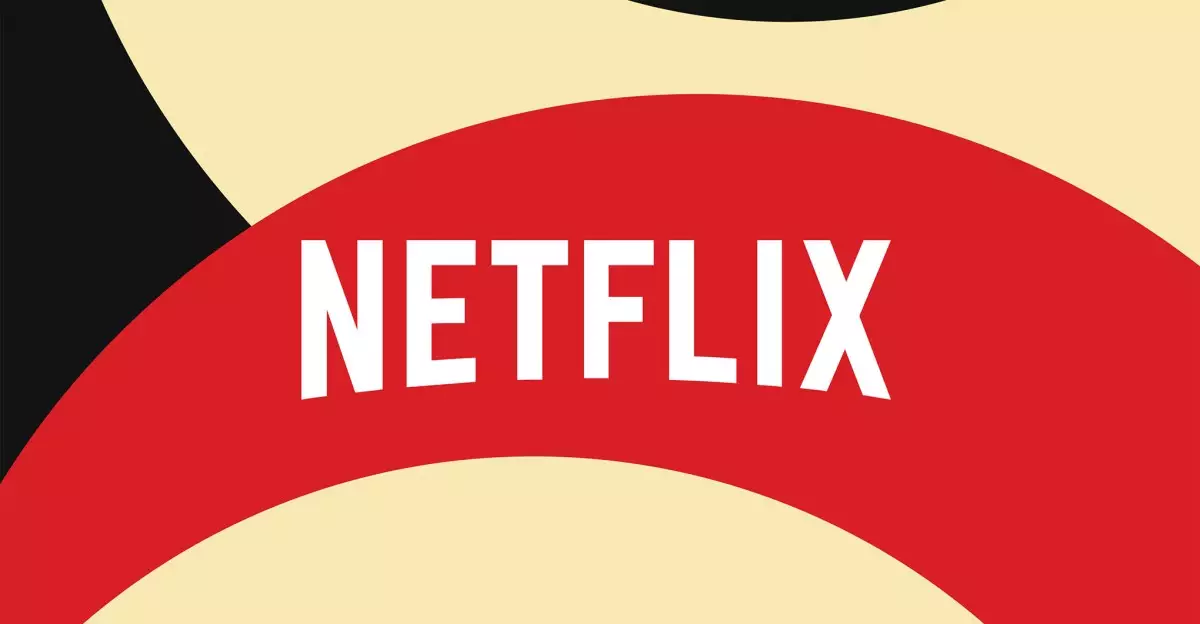In an exciting development for consumers, Netflix has announced support for HDR10 Plus, a format designed to elevate the viewing experience for Samsung TV owners. By adding this feature to its Premium plan, Netflix is positioning itself to better cater to users who rely on Samsung as their go-to television brand. With HDR10 Plus accounting for approximately 50% of eligible viewing hours on the platform, Netflix’s move to incorporate this format signifies a commitment to enhancing visual quality and providing more diverse streaming options.
Understanding HDR: The Battle of Formats
While HDR (High Dynamic Range) is increasingly becoming a standard in modern content, not all formats are created equal. Dolby Vision, perhaps the most recognized HDR option, employs dynamic metadata to optimize visuals on a scene-by-scene basis. In contrast, HDR10 uses static metadata, leading to a less flexible approach that might compromise the quality of lighting and details within particularly bright or dark scenes. HDR10 Plus enters the fray as a unique alternative—offering a scene-based tone mapping approach similar to Dolby Vision, but without the associated licensing fees that often drive up costs for consumers.
Samsung’s decision to leverage HDR10 Plus since its launch in 2017 reflects a significant strategic choice in the competitive landscape of HDR technology. Although HDR10 Plus may not yet enjoy the same ubiquity as Dolby Vision, Samsung captures a massive market share, with nearly 30% of the global TV market. This means Netflix’s support for HDR10 Plus could influence millions of viewers and likely represents a pivotal shift in how streaming services can support various HDR formats.
The Impact on Streaming Services
The incorporation of HDR10 Plus by Netflix marks an important trend in the streaming service’s escalating competition with other platforms. Although services like Amazon Prime Video were among the first to support HDR10 Plus, others—including Disney Plus and Apple TV Plus—joined the bandwagon gradually, demonstrating an industry-wide acknowledgment of the format’s growing importance. By embracing HDR10 Plus, Netflix not only improves its own content offerings but also encourages a more competitive environment where streaming quality is concerned.
Despite the transition to new technologies, Netflix’s decision to utilize the AV1 video codec for HDR10 Plus content signifies a future-oriented approach, ensuring efficient bandwidth usage while delivering high-quality visuals. This paradigm shift means that consumers will need to invest in compatible TVs, but the majority of models produced in the past five years already support AV1.
The Future of Content Delivery
Looking ahead, Netflix is committed to expanding its library of HDR10 Plus content to encompass all HDR titles by the end of 2025. This ambitious goal indicates not only a desire to improve consumer satisfaction but also a strategy to maintain Netflix’s competitive edge in a crowded field. By prioritizing advanced technologies like HDR10 Plus, Netflix signals to viewers that it recognizes the importance of quality viewing experiences in an era where streaming wars shape consumer options.
As the streaming landscape evolves and consumer expectations rise, the integration of HDR10 Plus on Netflix could redefine how audiences perceive and enjoy their favorite shows and films, making it a remarkable milestone in content delivery.


Leave a Reply